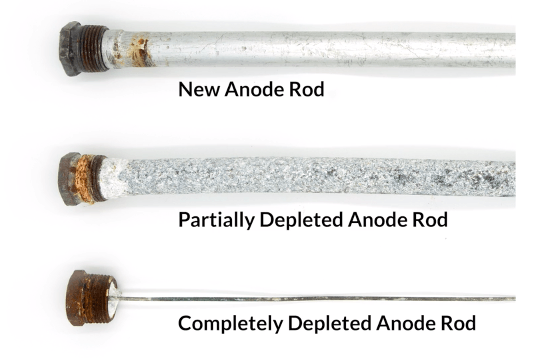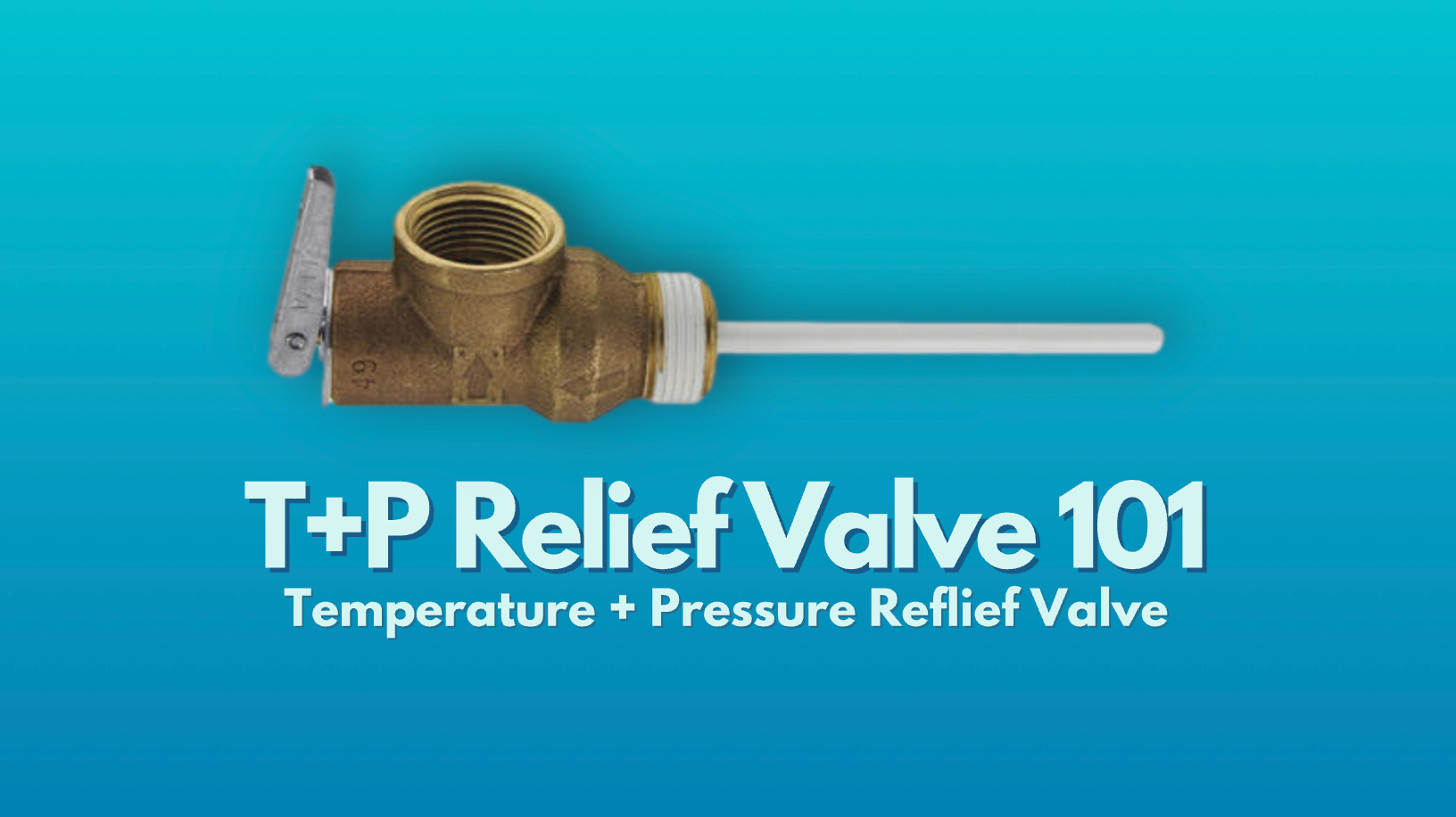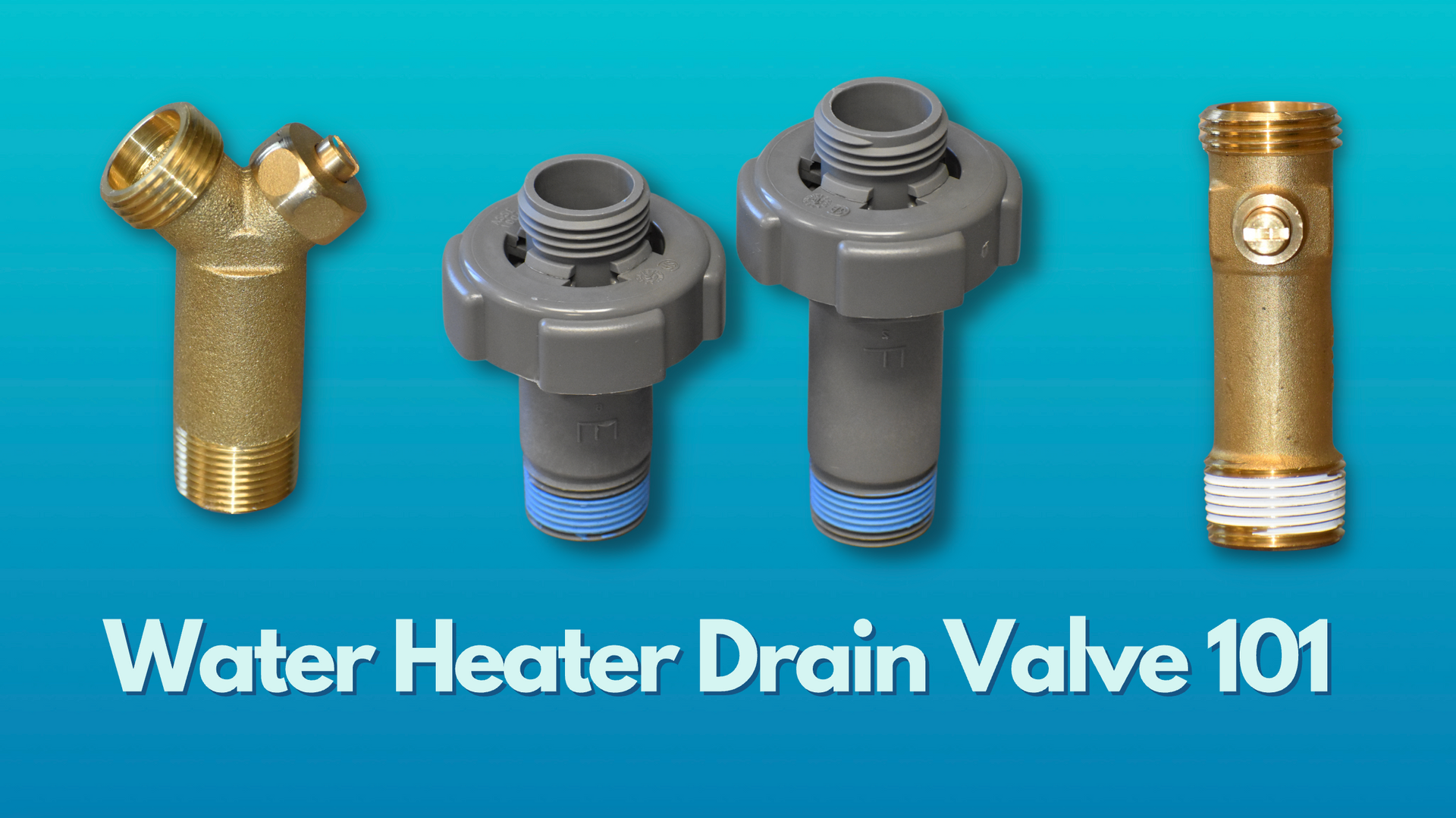Water Heater Anode Rods 101
Last Updated: 17 March 2025
***DISCLAIMER: PLEASE REFER TO YOUR MANUFACTURER’S INSTALLATION MANUAL FOR INFORMATION REGARDING YOUR SPECIFIC MODEL. IF YOU ARE ATTEMPTING TO SERVICE YOUR OWN HEATER, PLEASE DO SO WITH CAUTION; U.S. WATER HEATING SOLUTIONS, LLC. AND THE OTHER ORGANIZATIONS MENTIONED BELOW ARE NOT RESPONSIBLE FOR ASSOCIATED LIABILITIES. THIS ARTICLE IS MEANT TO PROVIDE AN INFORMATIVE AND EDUCATIONAL SUMMARY AND DOES NOT SUPERSEDE OFFICIAL WATER HEATER REPAIRS OR MANUFACTURER INFORMATION.
What is an Anode Rod?
An anode rod is a metal rod with a steel wire on the inside that screws into the top of a water heater. They are made of magnesium, aluminum, or zinc-aluminum alloy.
What is the purpose of an Anode Rod?
Anode Rods prolong the life of your heater by preventing corrosion via electrolysis. Water contains various bacteria and minerals, depending on its source. Bacteria can cause water to smell, while minerals like calcium and magnesium contribute to corrosion inside the tank; if your home is located in a rural area or an area where excess non-harmful bacteria and minerals are present in the water supply, you may have hard water. With the tank constantly expanding and contracting as the water is heated, the tank and its lining are being put under stress. Over time, the stress can result in cracks in the lining that enable the bacteria and minerals from the hard water to reach the metal of the tank, increasing the chances of a leak.
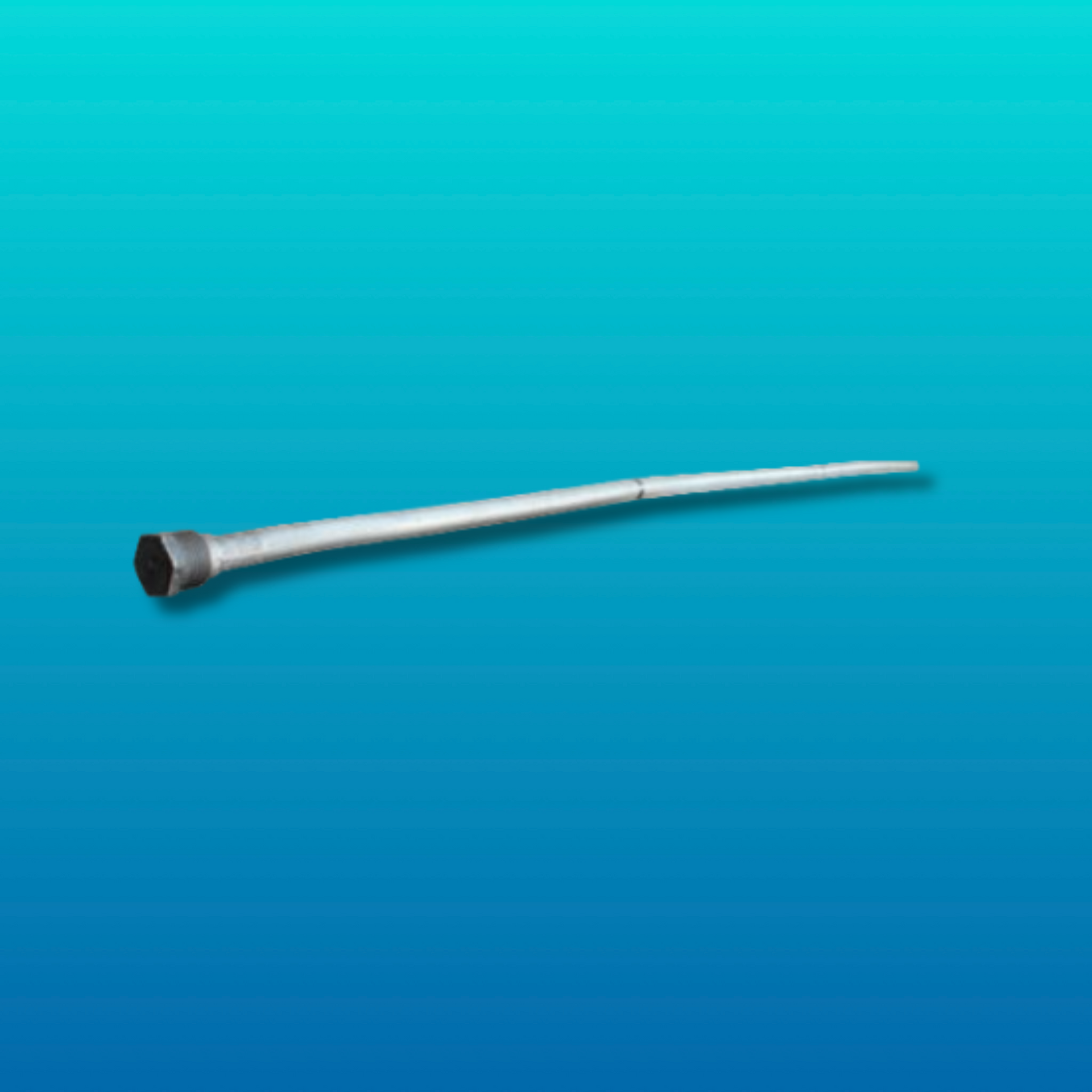
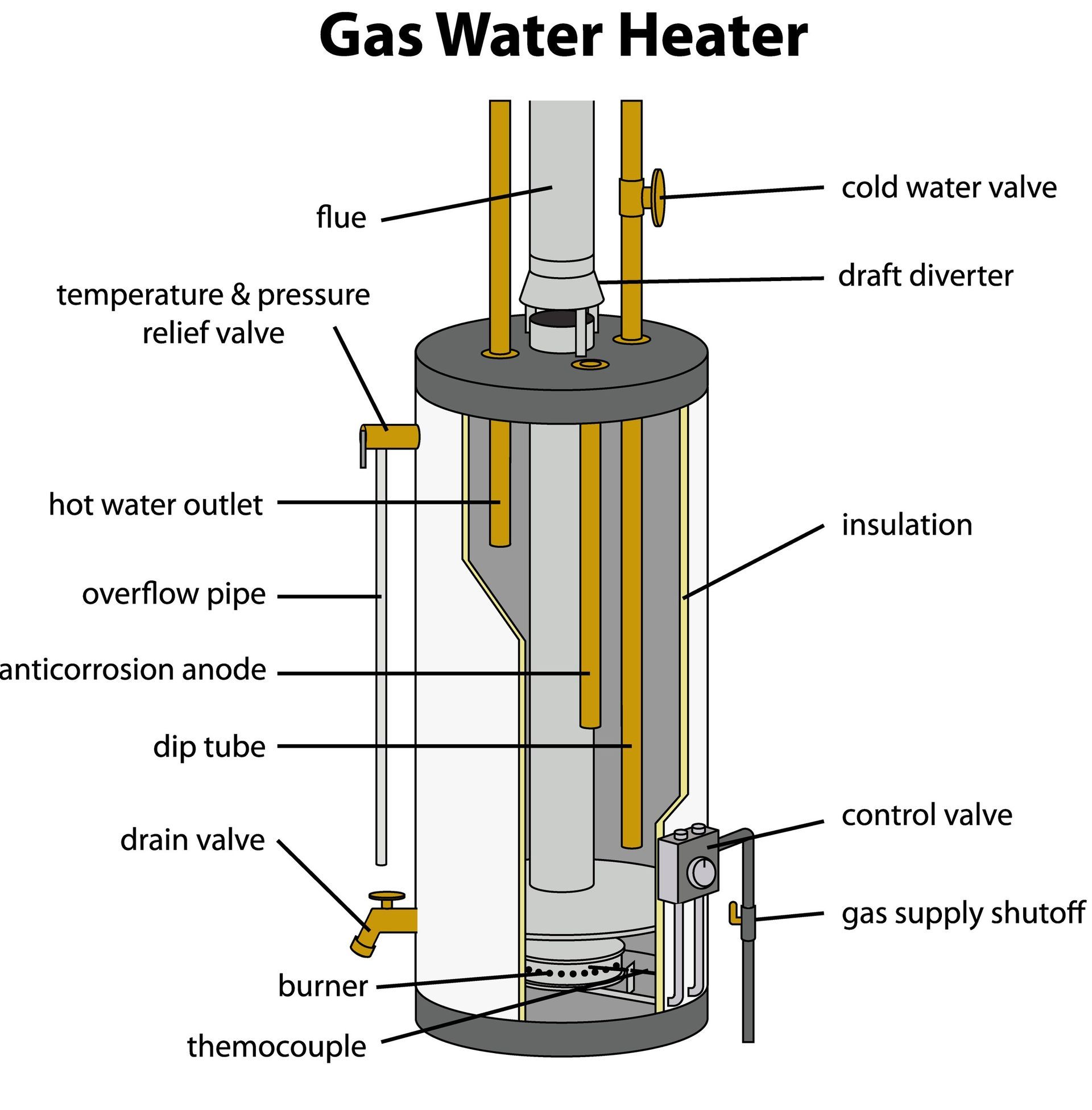
Where is the Anode Rod located? / Do ALL water heaters have an Anode Rod?
The anode rod is located slightly off-center in most water heaters. It is usually located on the left side near the outgoing hot water or on the right side near the incoming cold water. The anode rod typically be accessed from the top of the unit. In the diagram shown here, it is labeled as the anticorrosion anode.
ALL traditional tank type water heaters have an anode rod, regardless of whether they are electric, natural gas, or LP
What is the purpose of an Anode Rod?
Anode Rods prolong the life of your water heater by preventing corrosion via electrolysis. Water contains various bacteria and minerals, depending on its source. Bacteria can cause water to smell, while minerals like calcium and magnesium contribute to corrosion inside the tank; if your home is located in a rural area or an area where excess non-harmful bacteria and minerals are present in the water supply, you may have hard water. With the tank constantly expanding and contracting as the water is heated, the tank and its lining are being put under stress. Over time, the stress can result in cracks in the lining that enable the bacteria and minerals from the hard water to reach the metal of the tank, increasing the chances of a leak.
How do I know if I have hard water?
You can easily determine whether you have hard water by performing a PH Test on water samples from your home. When you dip the test strip into the water, your result should read around a 7. If your strip does not match the green/neutral area on the test kit chart, you likely have hard water. Example Test Strip Kit
You can also find additional guidelines for different types of water testing, as hard water is not the only concern regarding potable water supply.
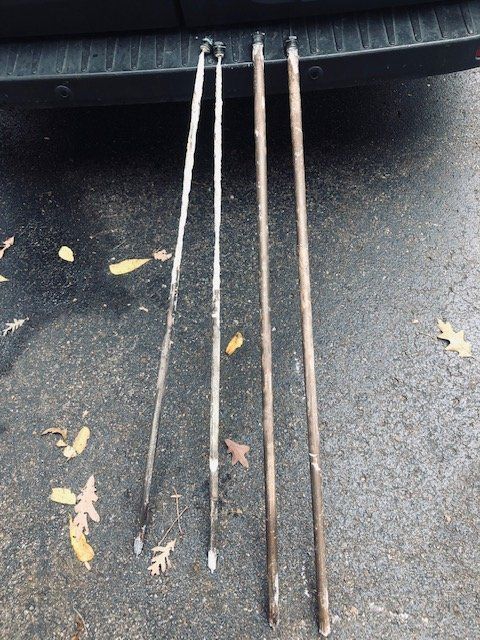
Anode Rod Corrosion from Well Water
Anode Rod corrosion on well water
Button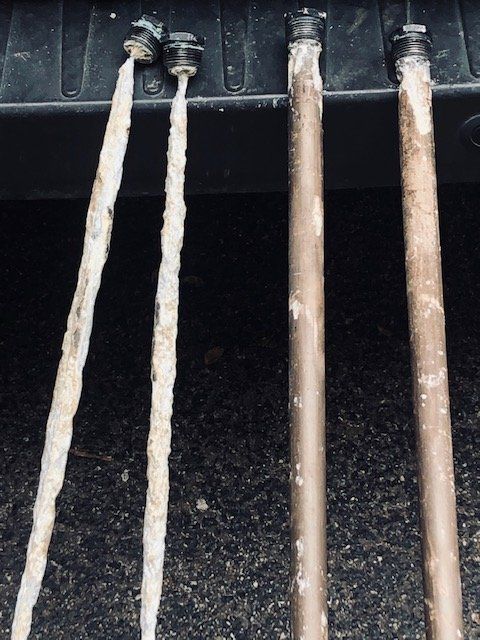
Slide title
Write your caption hereButton
Can Anode Rods Fix Smelly Water?
Smelly water is typically caused by the origin of the water and/or a chemical reaction with the bacteria. Sulfur is another common mineral found in water, often responsible for causing a rotten egg smell.
A.O. Smith recommends several fixes for smelly water:
- increasing the temperature on the gas control valve or thermostat above 140 degrees (recommended temperature setting is 150 degrees)
- installing mixing valves at each point of use to kill any bacteria; engaging in a chlorine treatment
- changing the anode rod from magnesium or aluminum to one made of zinc-aluminum alloy.
- In some cases, using the wrong anode rod in certain types of water can result in a chemical reaction, where non-harmful sulfur reducing bacteria produce smelly water.
One of the commonly used zinc-aluminum anode rods our technicians install is an A.O. Smith KA-90 Anode Rod (100108571). This type of anode has helped many of our well water based customers rid their homes of the smelly water.
How Often Should an Anode Rod Be Checked?
Anode Rods should be checked on an annual basis. Manufacturers often recommend annual anode rod checks as part of the annual
preventative maintenance, but heaters operating on well water will likely need additional attention.
How Do I Know When to Change My Anode Rod?
Anode Rods with noticeable sediment build-up and/or corrosion should be changed, especially if your anode rod is corroded down to the steel wire. Sediment build up on the anode will be easily noticeable, just as it is on an element. Additional signs your water heater may have sediment build up include: rumbling, cracking, and popping sounds coming from the tank.
If you have an electric heater and you notice sediment/corrosion on your anode rod, you may also want to consider having the elements checked and possibly replaced. See above for an example of the stages of anode rod depletion.
Can Anode Rods be Replaced?
Yes, the heater must be partially drained, below the anode rod. The technician will then unscrew and remove the old anode rod, which will likely show signs of corrosion. In some rare cases, the amount of build-up around the threading of the anode rod may prevent anode rod replacement. The technician will also need some headspace above the heater to clear the old anode rod's removal and to insert the new one. If you do not have sufficient space for the new traditional style anode rod, you may opt for a flexible anode rod such as the A.O. Smith
100110784 (Magnesium Flex Anode Rod) or 100110627 (Aluminum Flex Anode Rod). Although there is a large variety of anode rods across the major manufacturers, our technicians all carry the
A.O. Smith KA-90 Anode Rod (100108571) as part of their regular truck stock and we also have a small stock of the Magnesium Flex Anode Rods in our warehouse.
Purchase a Replacement Anode Rod from U.S. Water Heating Solutions
U.S. Water Heating Solutions stocks a small variety of genuine replacement anode rods for commercial and residential water heaters.
Our Parts Dept. experts are happy to assist you in determining which anode rod your water heater needs; please be sure to have your model and serial number handy so that we can verify replacement anode rod compatibility with your water heater.

We typically have the following anode rods in stock for online purchase or in-person purchase in Arlington Heights, IL:
- 100108571 | KA-90 Zinc Aluminum Anode Rod 42 in, 3/4 in NPT, 0.75 in [A.O. Smith]
- 100110784 | 9005973005 | Flexible Anode Rod 48 in, 3/4 in NPT [A.O. Smith]
- 100111023 | Shielded Powered Anode, 0.118 DIA x 48 [A.O. Smith]
- 100111024 | Shielded Powered Anode, 0.118 DIA x 13 [A.O. Smith]
- 100111286 | Shielded Powered Anode, 0.118 DIA x 31 [A.O. Smith]
- 100187890 | Powered Anode, 19.69 in [A.O. Smith]
- 100210012 | 9009087005 | Powered Anode, 0.118 DIA x 7.87 [A.O. Smith]
- SP11309C | Magnesium Anode Rod - 0.750 DIA x 44-3/8 in. long [Rheem]
- SP11309T | Magnesium Anode Rod - 0.750 DIA x 39.375 in. [Rheem]
- SP11526C | Magnesium Anode Rod - 0.900 DIA x 44-3/8 in. long [Rheem]
If your water heater anode rod is not listed above, please contact our Parts Dept. via our Contact Form or by phone for additional assistance.
How Much Does an Anode Rod Cost?
Standard anode rods tend to cost anywhere from $50-$150, averaging about $75 each. Powered anode rods for are usually more expensive and can cost upwards of $200-$300 for residential water heaters and over $500 apiece for commercial water heaters.
How Much Does Anode Rod Replacement Cost?
Although the cost of anode rod replacement varies by region and installation circumstances, here are some of the most important factors that service providers will consider in their pricing:
- Are you replacing your anode rod with one of the same type or is it a different material? (affects the price of the replacement anode rod)
- Do you have sufficient space to remove the anode rod?
If you are contacting a service provider to change your anode rod, you may be able to save some money on labor costs by partially draining the tank yourself (connecting a hose to the drain valve, placing the loose end in a drain, then opening the drain valve) and then having a technician install the anode rod; it will be important to mention that you will have the tank drained ahead of time.
At U.S. Water Heating Solutions, we typically charge between $169.00 (standard anode rods) and $399.00 (powered anode rods) for residential anode rod replacement, including the cost of the new anode rod and labor for installation.
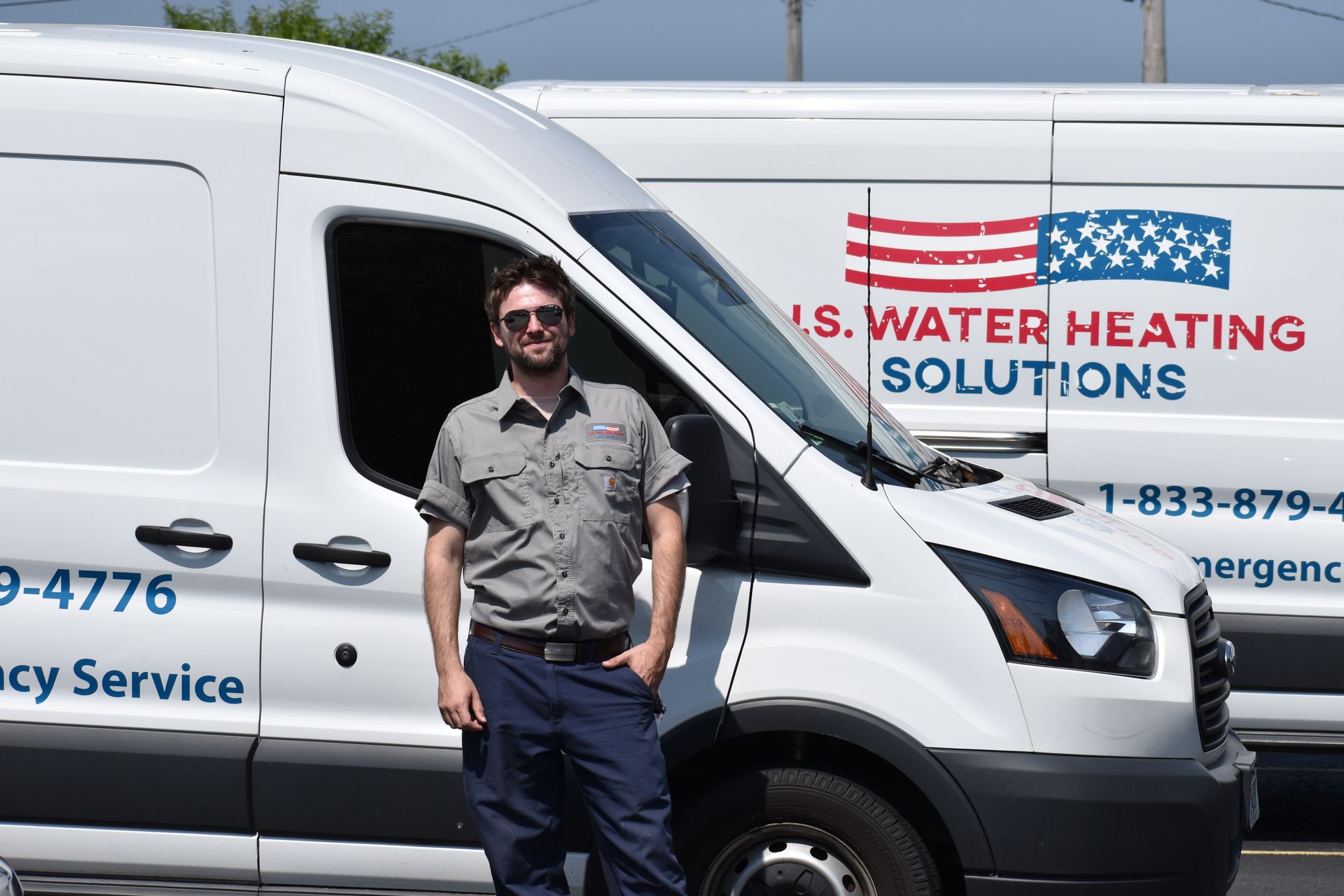
Anode Rod Diagnosis & Replacement
U.S. Water Heating Solutions offers an array of water heater anode rod and general water heater services. Our technicians even stock a selection of the most commonly replaced water heater parts, including select anode rods on their service vans.
Common anode rod related water heater services:
- Anode rod replacement (part and installation)
- Water heater diagnosis & repair
You Might Also Like
Illinois Contractor License:
055-044429
*A 3.5% SERVICE CHARGE WILL BE ADDED TO ALL DEBIT CARD TRANSACTIONS
**WE ONLY ACCEPT PAYMENT VIA CREDIT CARDS, DEBIT CARDS, OR CHECKS FOR PARTS PURCHASES
Navigation
Services
Regular Office Hours
- Mon - Fri
- -
- Sat - Sun
- Closed
Emergency Dispatch
- Mon - Sun
- Open 24 Hours
24/7/365 Service
All Rights Reserved | US Water Heating Solutions | Site Created by ABN




